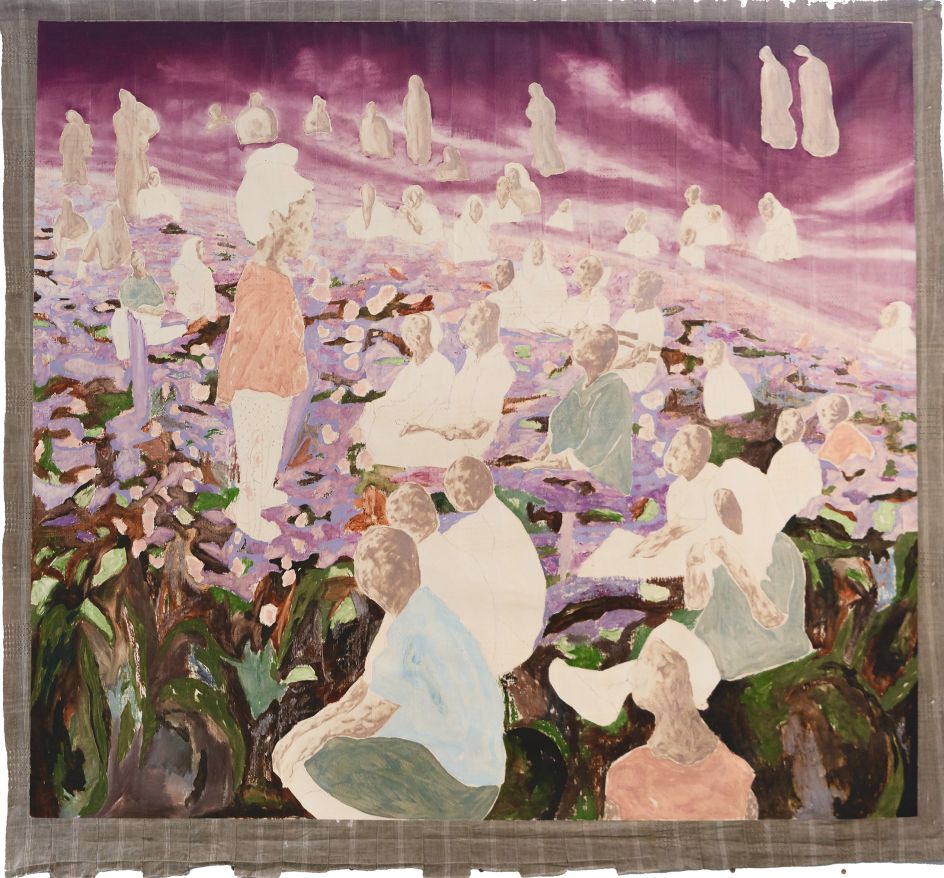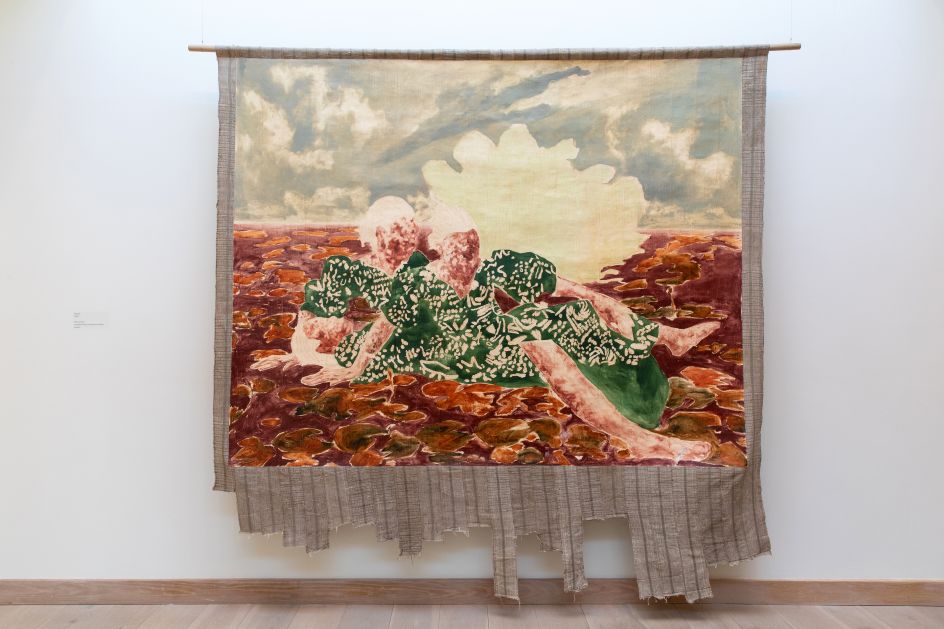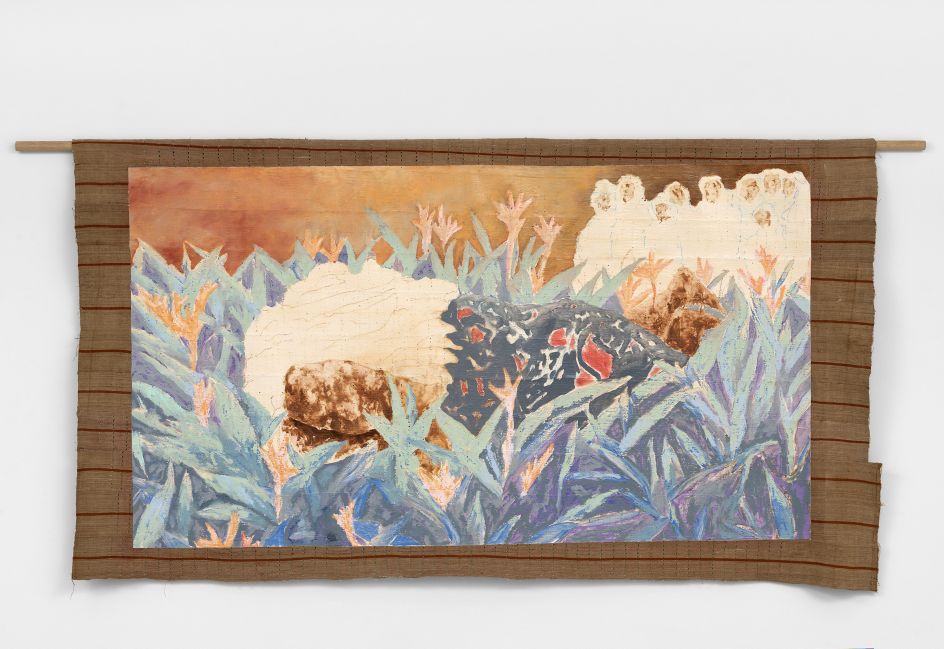Task 2:Visual Analysis

Design principles Task 2-Visual Analysis
February 10,2024
20/2/2024- 5/3/2024 (week3-week5)
Huang jiaqi(0371553)
Design Principles / Bachelor of Design (Hons) in Creative Media / Taylor's University
Task 2: Visual Analysis
Task 2:Visual Analysis
1.Task 2 Brief
1. VISUAL ANALYSIS
• Is a method of understanding design that focuses on the
visual elements and principles.
• In its strictest definition - a description and explanation of
visual structure for its own sake.
• Yet the purpose of visual analysis can also recognise the
choices that a designer made in creating the design, as
well as to better understand how the formal properties of
a design communicate ideas, content, or meanin• Visual analysis is a critical part of visual literacy, a skill that
helps people read and critically interpret images, whether
in a museum, on social media, in entertainment,
advertising, or the news.
• As citizens of the 21st century, we are constantly
confronted with visual media. Practising visual analysis
sharpens critical judgment skills and helps people seek out
answers instead of passively receiving information.
2.Visual Analysis
: I chose the fifth goal of the United Nations for gender equality as the theme, and chose the works of Nengi Omuku artist for visual analysis.
https://china.un.org/zh/sdgs/5
phase1:Observe
In the observation stage, Nengi Omuke's works of art consciously select traditional canvases and portraits, using blurred images and charming visual effects of West African textures. Nengi Omuke's artistic style and media involve careful selection of visual elements, including color, blur technology, character images, sky, trees and West African textures. The works of art show the careful interweaving of these elements, creating a visually complex and eye-catching composition. In the following work, we can see that many people are used as the best part of the picture. People also become the dots in the picture. The ups and downs of the sky in the picture are used as lines, and the overall bright color forms the surface. The visual center is very strong, and weaving is used as a medium to highlight the texture.
Nengi Omuku 'Lighthouse', 2021 credit Pete Jones
phashe 2:analysis
- This work uses a large number of human characters as points, the sky, trees as lines, and gorgeous colors to form the surface. .The close combination of portrait, blur effect and West African texture establishes visual proximity. Through the interaction of blurred and clear elements and color changes, contrast is cleverly used in art and emphasizes the importance of key elements. The balanced layout of human portraits and textures creates a visual balance that allows the audience to smoothly browse the entire composition. The elements on the canvas are used symmetrically, and the repetition of fragmented images increases the complexity of the artwork. The clever use of proportions in portrait and background elements highlights key details and guides the audience to pay attention to specific areas of the composition. West African textures and blurring effects can be regarded as symbols. Nengi Omuke's works of art show visual complexity and artistic talent. The rich colors not only adhere to the principle of contrast, but also evoke specific emotions, which is conducive to the detailed description of social themes such as gender and identity.

Nengi Omuku 'Lighthouse', 2021 credit Pete Jones
phase 3:interprenation
- Nengi Omuku's series of carefully selected visual elements include color, blur technology, character images, sky, trees and West African texture. Omuke uses the unified use of blur effects and textures to create a visual language and enhance overall coordination. The texture and blurring effects of West Africa are regarded as symbols, conveying a profound message about culture, identity and gender. The art medium used is traditional weaving in West Africa, and the careful weaving of visual elements leads to visual complexity and eye-catching composition. Rich colors not only conform to the principle of contrast, but also evoke specific emotions, which contributes to the subtle description of social themes such as gender and identity. Generally speaking, Nengi Omuke's works of art are characterized by in-depth exploration of social problems, clever use of design principles, and intentional selection of visual elements to create visual complexity and emotional impact.

 Nengi Omuku 'Lighthouse', 2021 credit Pete Jones
Nengi Omuku 'Lighthouse', 2021 credit Pete Jones
Nengi Omuku 'Repose', 2022 credit Pete Jones
Nengi Omuku 'Welcome Home', 2022 credit Pete Jones
Total number of words: 350
it to the fifth goal of the United Nations, gender equality
Nengi Omuke's artistic creations are intricately intertwined with the United Nations' fifth goal - gender equality. By employing design principles, he seamlessly weaves gender equality issues into his artwork, presenting profound and thought-provoking pieces.
Nengi Omuke's artwork effectively communicates the theme of gender equality to the audience through the language of art, resonating with the United Nations' fifth goal. Such artistic creations not only inspire reflections on gender equality but also provide a powerful catalyst for societal dialogue and transformation.
3:Weekly feedback
week 3:
The teacher told us the basic requirements of task2, referring to the ppt of topic6 in my times. It should be your reference. It is a reference to the artist's picture and one of them at the end of the second part. You should have your weekly feedback, your self-reflection, and the reading itself, as you have done in the past. If you don't have confidence in your past, please improve. Make sure you have it. Once again, when he did so, he reflected on himself for reading.
week 4:
The teacher said that my visual analysis was not specific enough. I didn't write a specific visual analysis. I needed to write the artist's style of using media, etc.
week 5:
Too many words
Visual analysis key bold fonts
The reference is written In the correct form.
Finally, indicate the total number of words.
4.Reflections
By carefully studying the PPT on the sixth topic, I clarified the requirements for the second task, especially the techniques for integrating artist images. In the task, I ensured that the selected images align with the theme and balanced my arguments. Valuing weekly feedback contributed to continuous improvement. Self-reflection revealed progress in reading but highlighted the need to enhance theme comprehension. Overall, guided by the teacher, I have a clearer understanding of task requirements and aim to overcome challenges in the next assignment, showcasing greater progress.
5: Extended reading:
https://www.essayzhidao.com/how-to-write-a-visual-analysis/
https://uxplanet.org/why-writing-is-a-valuable-design-skill-64e9d8e4f4f5
https://www.academicgod.com/writing-tips/734.html
https://webflow.com/blog/4-reasons-designers-should-write
https://china.un.org/zh/sdgs/5
Comments
Post a Comment